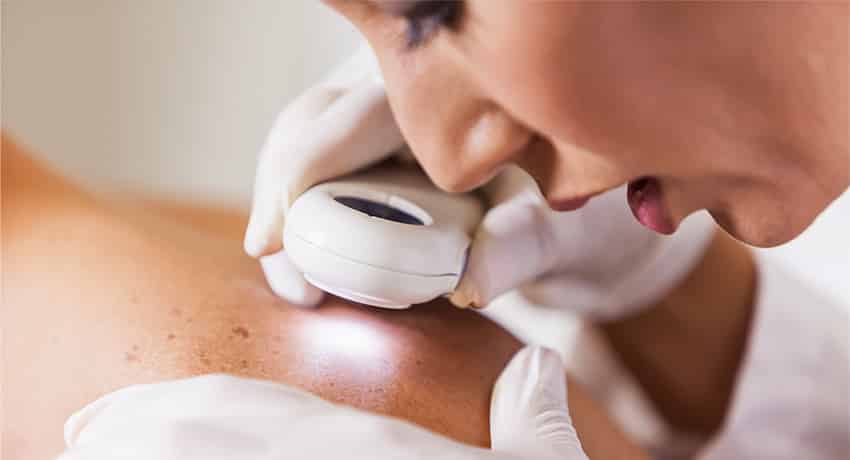
To help promote early detection and awareness for National Healthy Skin Month in November, Megan Rogge, MD, a board-certified dermatologist with UT Physicians and assistant professor at McGovern Medical School at UTHealth, shares her expertise about some common skin growths that bring people into the doctor’s office.
As summer fades into a distant memory and fall ushers in the next season of change, many people often check their skin with more scrutiny than before. “During these visual scans, some may catch a glimpse of a spot in their bathroom mirror and wonder if that spot is new, larger, or has changed,” said Rogge. It’s not often what you
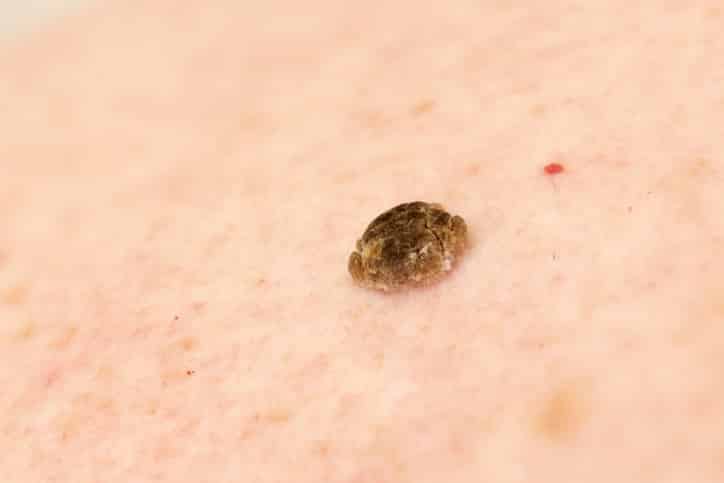
see, but what you don’t that your dermatologist may be more concerned with.
“The most common is a seborrheic keratosis. Many dermatologists call these ‘wisdom spots’ as they tend to appear as you age. They are usually tan or brown and have a warty or waxy appearance,” said Rogge. “They can also be rough or dry. Sometimes they even fall off the skin, but usually will grow back over time.” Seborrheic keratosis may itch or become irritated, but these spots are mostly asymptomatic.
Typically found on people age 30 and older, another common benign skin lesion is a cherry angioma. “Patients typically complain of a “red mole,” but
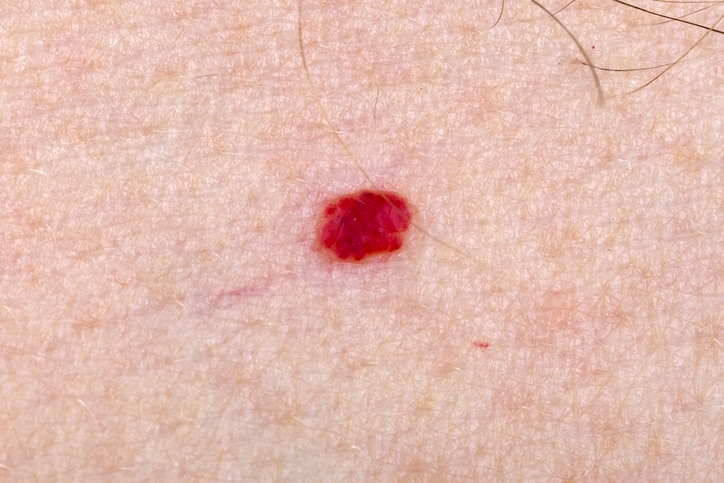
these are actually not made up of mole cells or melanocytes,” said Rogge. They are a benign overgrowth of blood vessels in the skin and also tend to occur with more frequency as you age. They are generally asymptomatic.
A wart is a pink or crusted spot of thickened skin, most frequently occurring on the hands, feet, arms, or legs, but also sometimes on the face or scalp. These
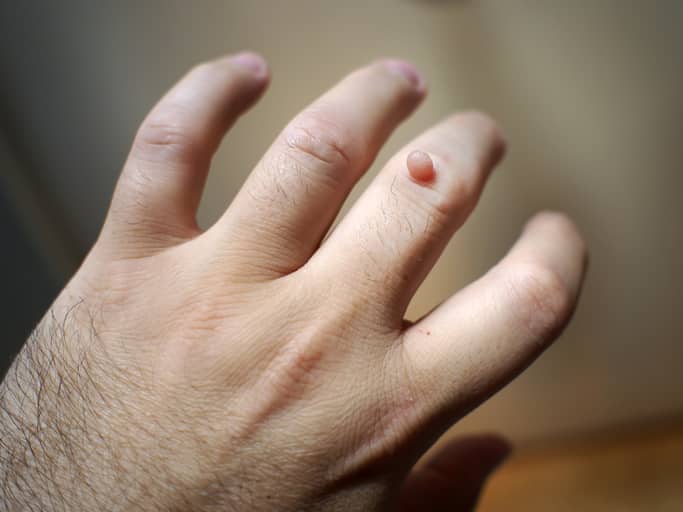
tend to grow more quickly and may spread to other locations on your skin. “They are a type of viral infection of the skin and may spread from person to person,” said Rogge. “You may also get the virus from the gym or shared sports equipment. Warts may also be sexually transmitted and can appear in the skin of the groin or around the buttocks.” Warts can be treated in a multitude of ways by freezing them, injecting them, or applying topical medications.
Finally, a “sun spot” or solar lentigo appears as a freckle or tan flat mark on the skin. These are well-defined and tend to occur in sun-exposed areas such as the
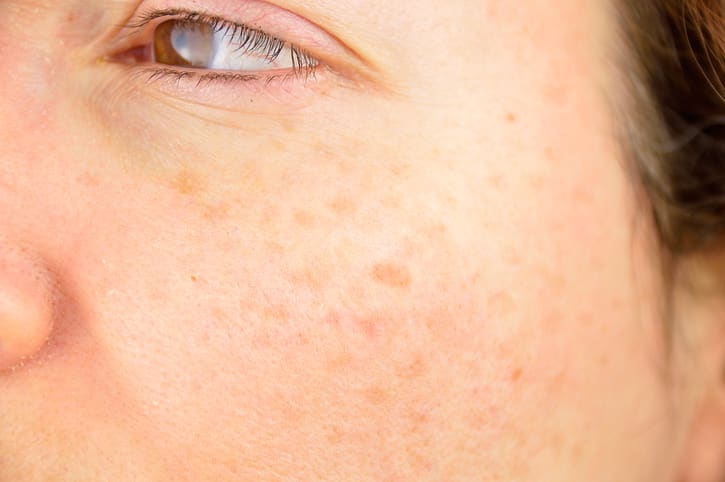
face, shoulders, forearms, and backs of hands. These are usually not as dark as a mole, but it can be difficult to tell the difference. They can be slightly scaly and are often found in groups.
“The concern with all of these benign growths is that they in fact might not be benign, but a type of skin cancer, and that can be very difficult for someone other than a dermatologist to determine,” said Rogge. “That is why it is best to consult with a board-certified dermatologist to be sure.”
People who have numerous moles, fair skin, risk factors for skin cancer such as personal/family history, or who experience sunburns often should see a dermatologist for a routine skin check yearly. If you have skin spots that are painful, bleeding, growing, or changing, schedule an appointment with your doctor. The earlier a problem can be detected, the more treatment options there are.

